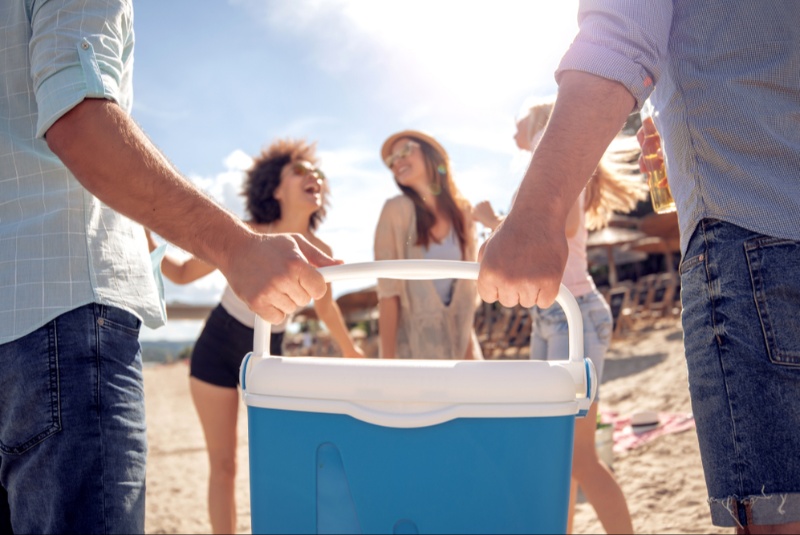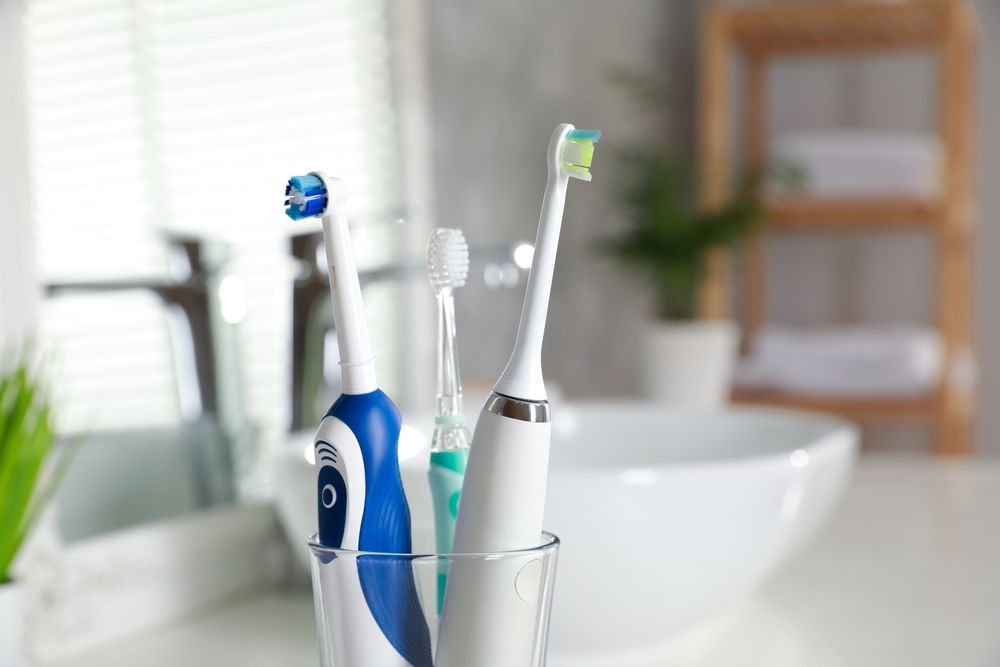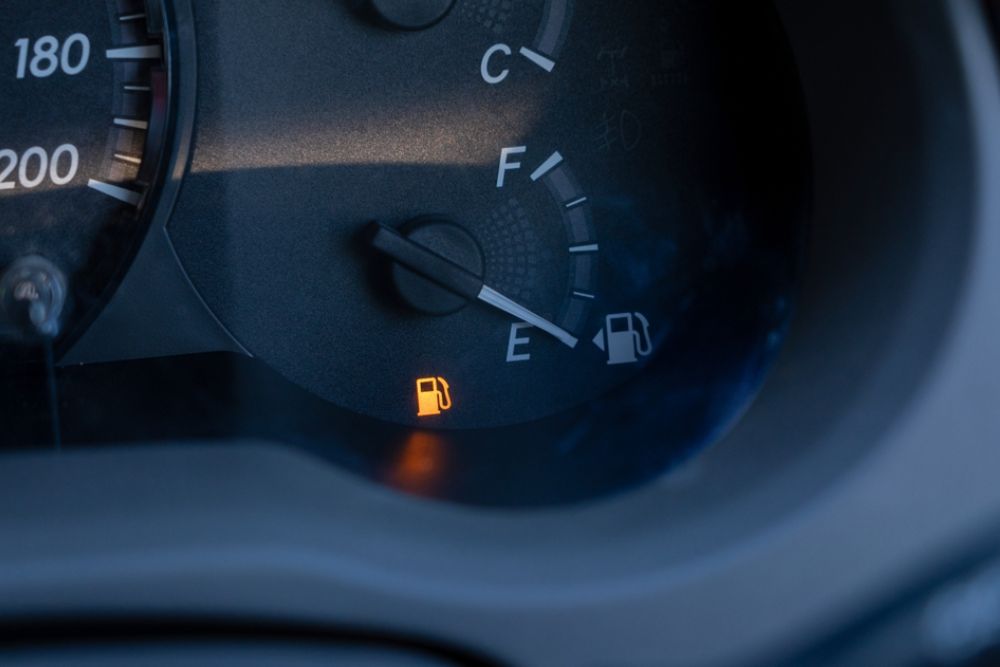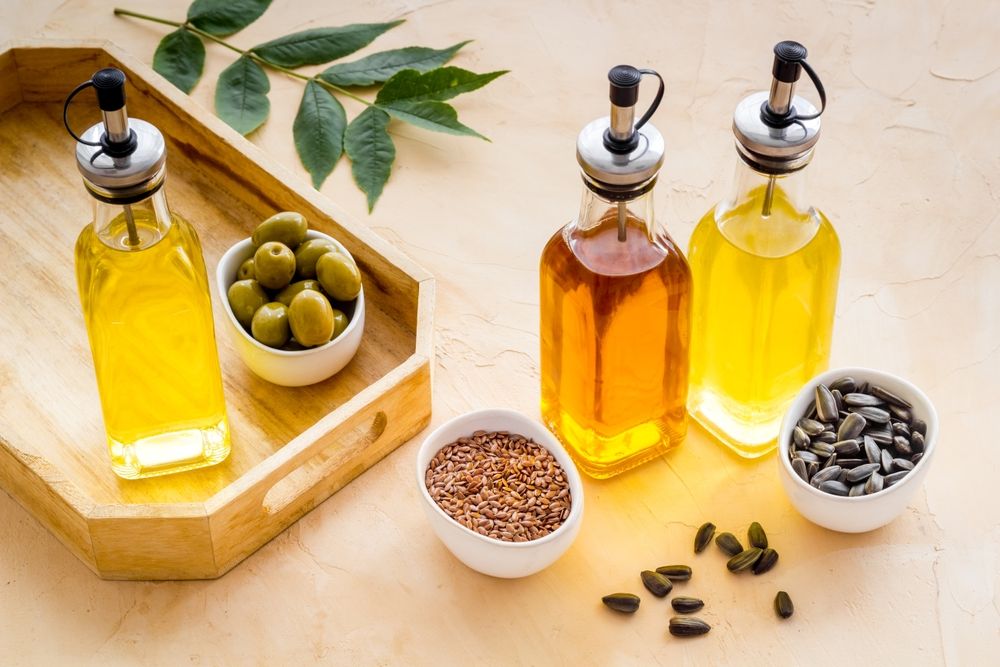Choosing the right outdoor cooler can make all the difference in your summer outings, whether you’re planning a picnic, a camping trip, or a backyard barbecue. A good cooler keeps your beverages and food cold while enduring the rigors of outdoor use. This guide provides detailed insights into selecting a quality cooler that meets your needs, ensuring your refreshments stay chilled and safe throughout your adventure. A quality outdoor cooler also reduces the frequency of replenishing ice and allows you to store perishable items longer, making it indispensable for any outdoor gathering or trip.
Understanding Cooler Types
Outdoor coolers come in various types, each suited to different needs and environments. Hard-sided coolers are durable and offer the best insulation for extended trips. Soft-sided coolers are lightweight and more portable, ideal for day trips or personal use. Electric coolers, which can be plugged into your car’s 12V outlet, eliminate the need for ice but require power. Each type has its strengths and weaknesses, so choosing one depends on your specific cooling requirements and the nature of your outdoor activities. Understanding the distinctions between these cooler types helps in selecting one that best fits your lifestyle and cooling needs.
Insulation and Ice Retention
The effectiveness of a cooler largely depends on its insulation and ability to retain ice. Look for coolers with high-quality insulation materials such as polyurethane or polystyrene. The thickness of the insulation is also crucial—more insulation means better and longer ice retention. Some high-end models can keep ice frozen for up to 10 days under optimal conditions, which is essential for extended camping trips. When comparing coolers, consider their ice retention ratings, often provided by manufacturers, to gauge how well they will perform in real-world conditions. A well-insulated cooler is a wise investment for anyone planning prolonged outdoor activities where refrigeration isn't accessible.
Durability and Construction
For outdoor adventures, a cooler must withstand a variety of conditions, including rough handling, exposure to the elements, and wildlife encounters. High-quality coolers are typically constructed with heavy-duty materials that can endure impacts and resist UV rays and corrosion. Features such as sturdy handles, reinforced corners, and secure latches enhance a cooler’s durability. Additionally, some coolers come with bear-proof certifications, which are crucial if you’re camping in areas with wildlife. A durable cooler ensures that your investment remains intact and functional over many years of outdoor adventures.
Portability
Depending on your activity, portability can be a key factor in selecting a cooler. For those who need to transport their cooler over longer distances, look for models with wheels and telescoping handles. Alternatively, lightweight coolers with padded straps or handles can be more suitable for personal use or shorter trips. Evaluate the weight of the cooler both empty and full, as a highly insulated cooler can be quite heavy when loaded. A portable cooler increases convenience and ease in transportation, making it ideal for varied outdoor scenarios.
Capacity and Storage
Consider how much storage capacity you need based on the amount of food and drink you plan to carry and the duration of your outings. Coolers are typically measured in quarts, with sizes ranging from small personal coolers to large 100-quart models capable of storing supplies for a large group. It’s important to balance size with portability; a larger cooler will hold more but will also be heavier and more cumbersome to transport. A right-sized cooler optimizes storage and portability, making it easy to handle while meeting your cooling needs.

Ease of Use
The design of a cooler should allow for easy access and cleaning. Look for coolers with user-friendly features such as split lids, removable trays, or compartments that help organize contents and reduce the need to dig around. Drainage spouts are also essential for melting ice, making it easier to clean the cooler without needing to tip it over. Consider how easy it is to pack, unpack, and clean the cooler, as these factors will impact your overall satisfaction. An easy-to-use cooler enhances the user experience, making it a favorite tool for outdoor enthusiasts.
Additional Features
Many coolers come with additional features that can enhance their usefulness. These might include built-in bottle openers, cup holders, fish rulers, or even USB ports for charging devices. Some coolers offer customizable options like dividers or dry baskets, which are useful for keeping items dry and organized. Evaluate which features are most important to you and whether they justify any additional cost. Extra features can provide significant convenience and functionality, turning a simple cooler into a multifunctional device.
Environmental Impact
For eco-conscious consumers, the environmental impact of a cooler is an important consideration. Some coolers are made with environmentally friendly materials and manufacturing processes. Additionally, choosing a durable cooler that will last many years can reduce waste and environmental impact over time. Look for brands that commit to sustainability through their products and business practices. Eco-friendly coolers are particularly appealing to those who prioritize green living without compromising on quality and performance.
Price vs. Performance
Finally, balance the cost of the cooler with its performance. While high-end coolers can be expensive, they often offer superior insulation, durability, and additional features that justify the investment, especially for regular users or those needing reliable performance in extreme conditions. However, for occasional use or less demanding conditions, a mid-range cooler may suffice. Determine your budget and compare it with your specific needs to find the best value. Investing in the right cooler can enhance your outdoor experiences and prove economical in the long run by avoiding frequent replacements.
Purchasing the right outdoor cooler involves considering several factors, including type, insulation quality, durability, portability, capacity, ease of use, additional features, environmental impact, and price. By carefully evaluating each of these aspects, you can select a cooler that will keep your food and drinks chilled while standing up to the challenges of your outdoor adventures. A well-chosen cooler enhances the enjoyment of your outdoor activities, ensuring that you stay refreshed and hydrated no matter where your adventures take you. With the correct information and a thoughtful approach, you can choose the perfect outdoor cooler that meets all your summer needs, making every outing a chilled and refreshing experience.




